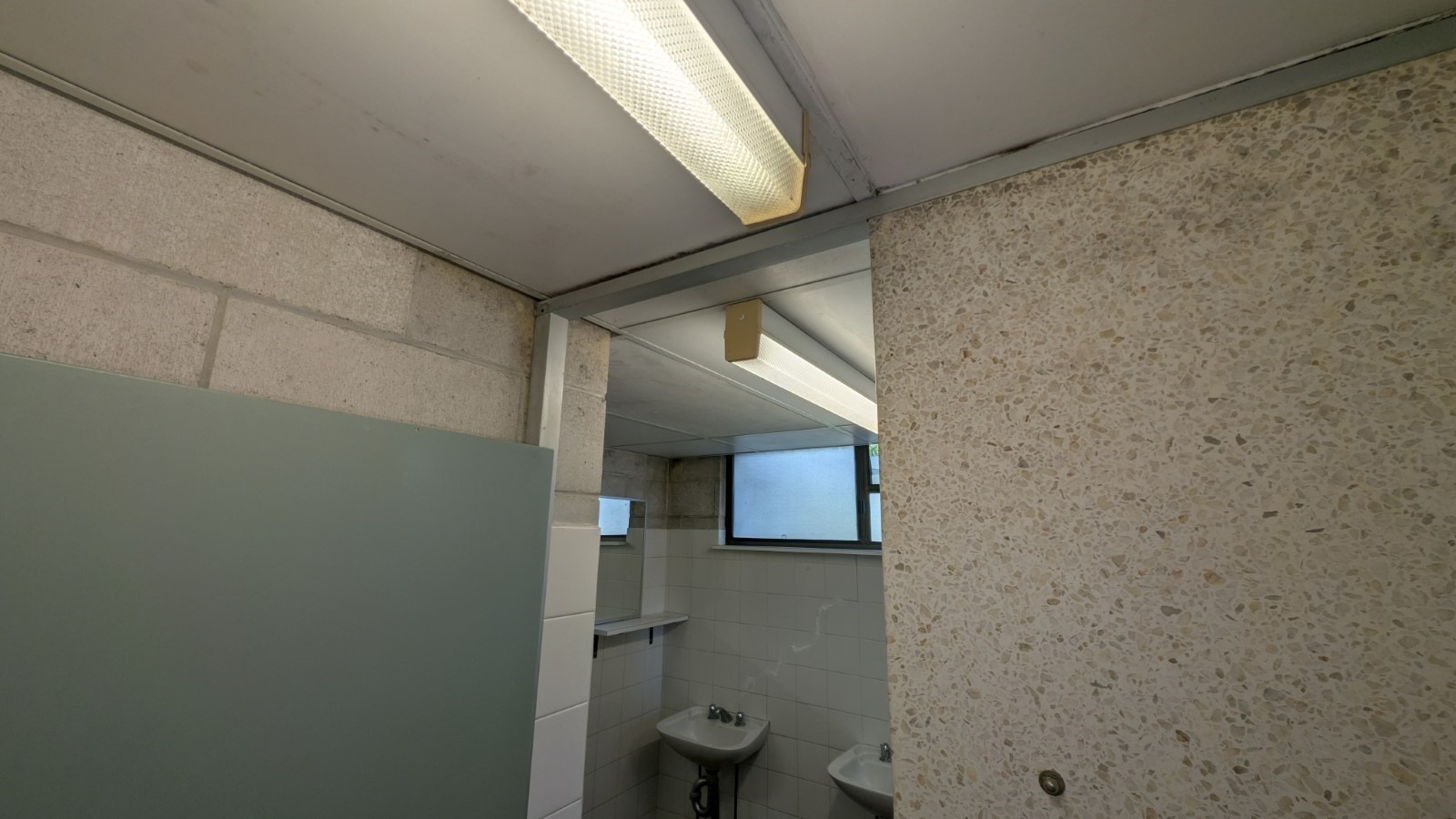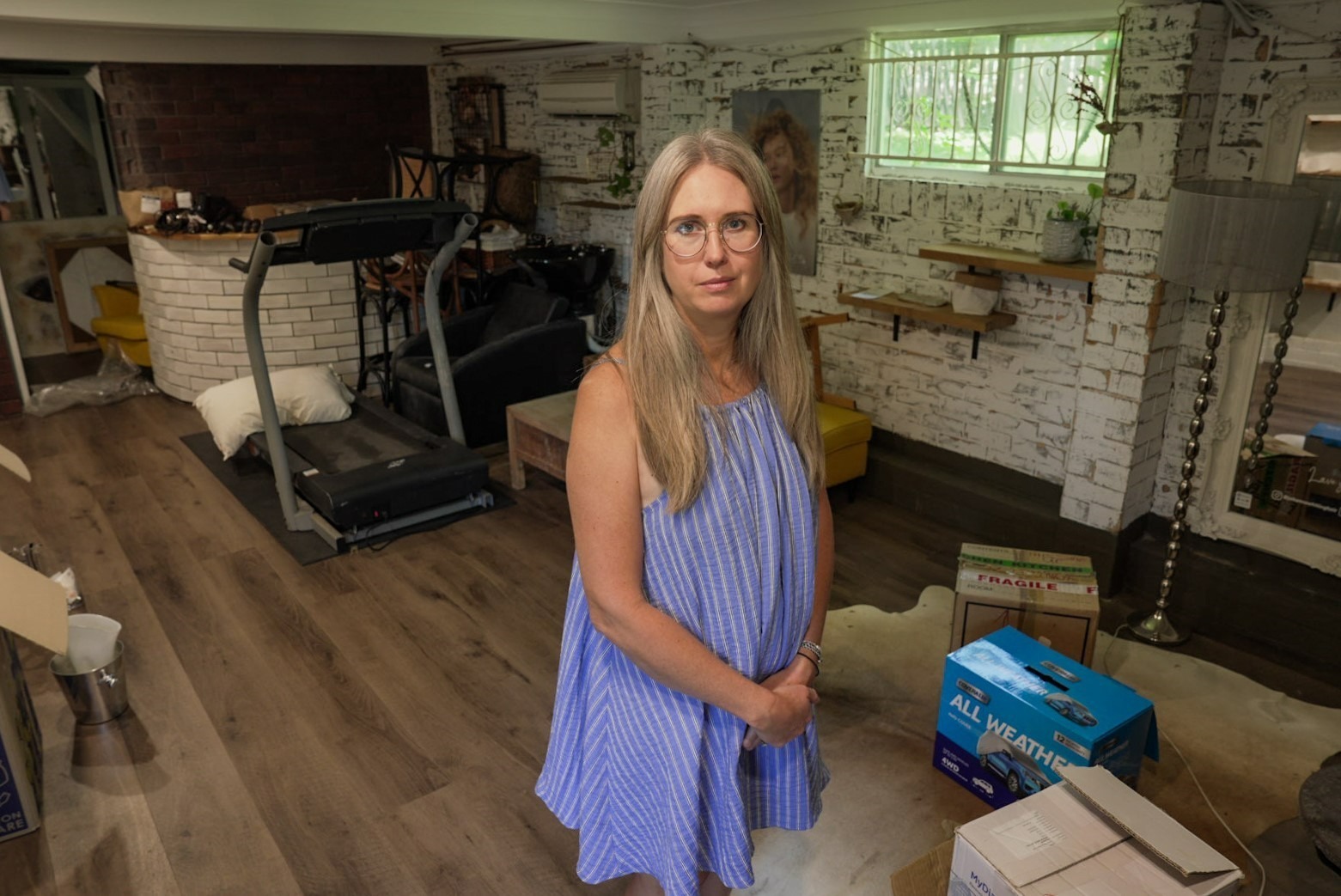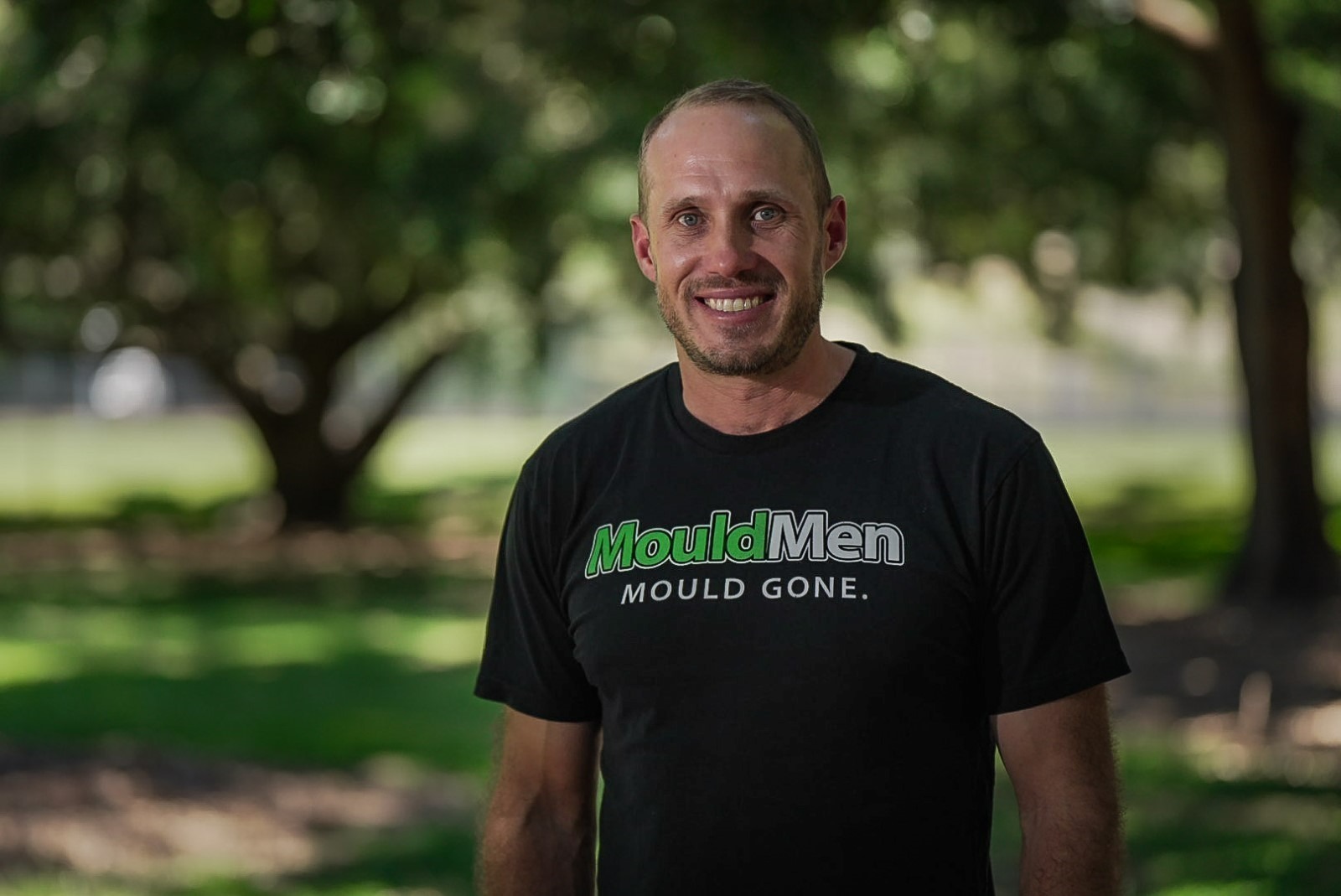
Queenslanders Battle Mould After Full Summer Swing
By Sophia Thomas (ABC Intern)

Summer is in full swing and the last thing anyone wants to deal with on top of the hot, stuffy, and humid weather is mould.
Black dots, white spots, brown scatters, and pink blooms on walls are mould caused by a leaky roof, humid weather, or poor ventilation that can quickly take over houses, damage furniture, and sometimes cause health problems.
Mould in Bathrooms
It is a problem *Brad, a Griffith University student, battle with while living on campus and studying full-time.
But Brad is not the only one shooing away the unwelcomed guest.
“There are students talking about it, dealing with mould on campus,” he said.
Brad said the mould is mostly in the bathroom stall ceilings where there is constant water and “poor ventilation” – the perfect condition for it to grow.

Brad said the severity of the mould is different for each dormitory floor but just a small speck of it is still worrying to him.
“It is a concern, I do have asthma and it’s mild [the mould] and not a big thing, but it is there.”
According to the NSW Government Mould Factsheet, people with allergies or asthma are more sensitive to mould exposure and others with weakened immune systems and chronic lung diseases are at greater risks of severe infections.
Brad has been living on campus since 2022, alternating between two dormitories every trimester, and has seen the issue worsened, fixed, and come back.
“I think the mould is a byproduct of the poor maintenance upkeep of the colleges,” Brad said.
A Griffith University Spokesperson has responded and said mould is a common problem following heavy rain and humidity.
Griffith University's Response
“Griffith University professionally cleans dormitories regularly, and residents are expected to maintain a clean space,” Griffith University spokesperson said.
Mould In Houses
The last thing Johanna Whiting, a mother of two and businesswoman, expected to see after a 12-month trip was her home and hair studio overthrown by mould.
“We’ve always been able to keep on top of it, but this is next level – it has taken over.”

“Every surface, whether or not it was soft, plastic, hard, wood, material ... It was penetrated with mould,” Johanna said.
The severity of it had forced her to temporarily shut her business down.

Mould Advice
“We’re seeing a large percentage of homes, up to 18 per cent of homes are dealing with mould on a daily basis," mould removalist Gerard Murtagh said.
Sometimes mould can go undetected or ignored until it is too late.

“The goal is always to address mould growth as soon as you see it,” Gerard said.
Because apart from being unsightly, it is also deadly.
“We see people who live with mould for far too long and it makes their quality of life deteriorate rapidly,” he said.
The Queensland Government provides a guideline for how to treat and prevent mould, recommending ventilating households and disinfesting mould infested household items vinegar while wearing disposable P1 and P2 masks.
*Brad is not the student's real name.
Annotations
This digital article was written in collaboration with ABC Journalist Laura Lavelle. Laura first reported on the mould issue in Queensland through broadcasting. At the same time, I received an anonymous tip from a university student battling mould on campus. Mould is a constant issue during the wet season, and I believed I could write a story on it from a different angle. I pitched this to the newsroom, and the editing team gave me feedback on the anonymous tip. Because my source requested to be anonymous, I had to ensure I went through ABC's policies and procedures when validating sources. Anonymous sources have the ability to exaggerate events, and it's the journalist's responsibility to fact-check and hold them accountable. Through this process, I discovered more protected information. This experience taught me to fact-check everything when writing across all platforms to ensure transparency, unbiasedness, and credibility. I then used ABC software to conduct multiple recorded interviews and transcribed quotes, which I used in the article. Collaborating with the newsroom, I was given images, documents, and interviews to include in the article to deliver various case studies. Furthermore, I had to contact Griffith University to ask for their right to apply using a professional email guided by a journalist. Through this experience, I learned about the importance of a right to reply, setting a time frame for a comment back, and how to effectively communicate.
Writing the article was not as easy as I thought. The editorial standards are quite different from what I have written before. Because of this, I worked closely with the newsroom as they trained me to write an article using a catching headline, subheadings alluding to the content, and necessary quotes. I learned the importance of submitting quality over quantity work.
After writing a story for ABC News, I've learnt the importance of story pitches, writing for broadcast, digital, and radio platforms to an editorial standard, validating sources, and ethical and legal issues in reporting. These skills are vital in all communication fields, especially for my career in radio journalism.
Post a comment